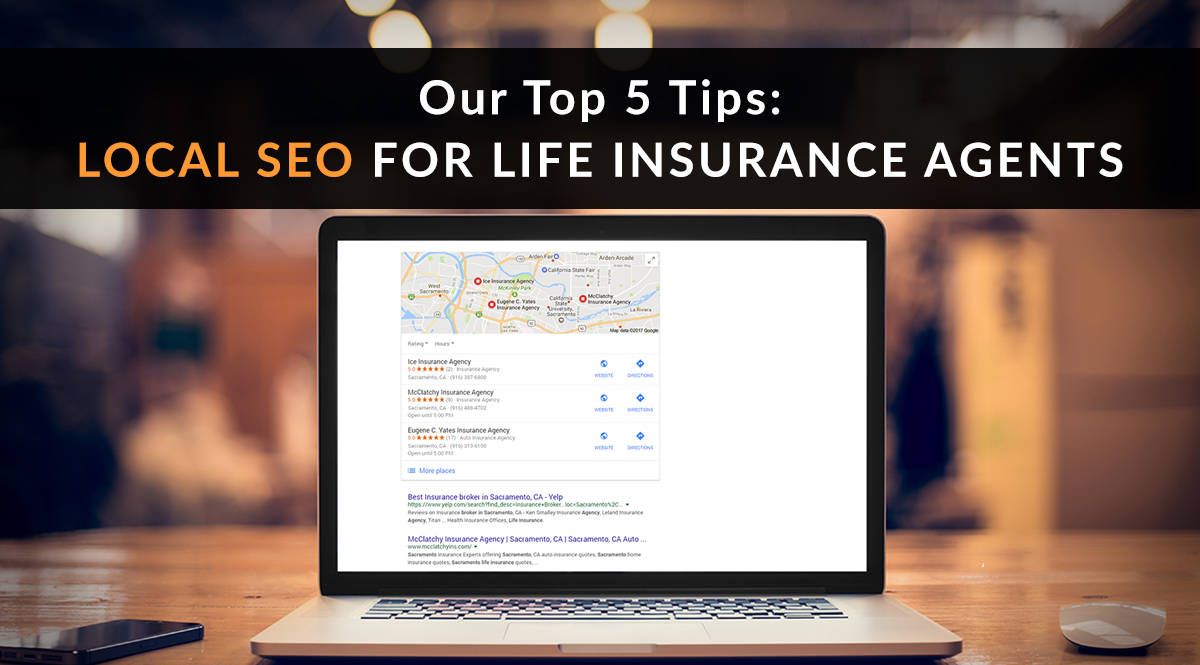What to Do in a Car Accident with No Damage and No Information Exchanged
Did you just get into a fender bender, but both cars emerged unscathed? While it’s tempting to shrug it off and drive away, it’s imperative to handle this situation with caution. Even though there seems to be no harm done, it’s essential to take the appropriate steps to safeguard your interests. Here’s a comprehensive guide to help you navigate this scenario effectively.
Pull Over and Stay Calm
First and foremost, pull over to a safe location and remain composed. It’s natural to feel shaken after an accident, but panicking will only hinder your ability to respond appropriately. Take a few deep breaths and gather your wits before proceeding.
Check for Injuries
Even if there appears to be no damage to either vehicle, it’s crucial to check yourself and any passengers for injuries. Sometimes, pain and discomfort can take time to manifest, so don’t dismiss any potential discomfort. If you suspect any injuries, no matter how minor, seek medical attention promptly.
Document the Scene
Take out your phone and start documenting the scene thoroughly. Capture photos of both cars from various angles, including any visible damage or skid marks. Note down the make, model, and license plate numbers of both vehicles involved. If possible, jot down any details about the other driver, such as their appearance and the direction they were traveling.
Exchange Information (Optional)
While it’s generally not recommended to exchange information in a no-damage accident, there are exceptions. If you believe there might be скрытые повреждения, such as a slow leak in a tire or a misaligned bumper, it may be wise to exchange contact information with the other driver. However, be cautious and only do so if you feel comfortable and safe.
Car Accident: No Damage, No Information Exchanged? Here’s What to Do
In the aftermath of a car accident, it’s not always easy to keep your cool. Adrenaline is pumping, and you may be feeling shaken up. But if you’ve been in an accident with no damage and no information exchanged, it’s important to stay calm and take the following steps:
Stay Calm and Pull Over
If possible, pull over to a safe location and turn on your hazard lights. This will help to alert other drivers and prevent further accidents. Once you’re safely pulled over, take a few deep breaths and try to assess the situation.
Even if there’s no visible damage to your car, it’s important to check yourself for injuries. If you’re experiencing any pain or discomfort, seek medical attention immediately. It’s also a good idea to exchange information with the other driver involved in the accident. This includes your name, address, phone number, insurance information, and license plate number.
If the other driver is refusing to exchange information, you should try to get as much information as you can, including the make, model, and license plate number of their car. You should also take pictures of the accident scene and any damage to your car. This information will be helpful if you need to file a police report or insurance claim later on.
Once you’ve exchanged information with the other driver, you should report the accident to your insurance company. They will be able to help you file a claim and get your car repaired or replaced.
Document the Scene
If there’s no damage to your car, you may be tempted to just drive away. However, it’s important to document the accident scene, even if there’s no visible damage. This will help to protect you in case the other driver later claims that you caused the accident.
To document the accident scene, take pictures of the following:
- The damage to both cars
- The location of the accident
- Any witnesses to the accident
You should also get the names and contact information of any witnesses who saw the accident. This information will be helpful if you need to file a police report or insurance claim later on.
Report the Accident
Even if there’s no damage to your car, you should still report the accident to the police. The police will be able to investigate the accident and determine who was at fault. This information will be helpful if you need to file an insurance claim or take legal action later on.
To report the accident to the police, you can call 911 or go to your local police station. When you report the accident, be sure to provide the following information:
- The date, time, and location of the accident
- The names and contact information of the drivers involved in the accident
- The make, model, and license plate numbers of the cars involved in the accident
- A description of the accident
The police will investigate the accident and provide you with a police report. This report will be helpful if you need to file an insurance claim or take legal action later on.
Car Accident – No Damage, No Information Exchanged: What to Do?
There’s a popular bumper sticker that suggests, “Don’t be a space cadet!” Most of us would whole-heartedly agree, yet many drivers behave as if planet earth is their own personal galaxy and the rules of the road simply don’t apply to them. You don’t have to be in a major collision to experience the ramifications of careless driving. Even the most minor of accidents can cause a great deal of frustration, even if there isn’t obvious damage. There’s a misconception that, if there is no apparent damage after an accident, you don’t have to stop, exchange information with the other driver, or report the incident. However, this is not the case. In fact, it’s imperative that you do all of these things, even if you are adamant that your vehicle escaped unscathed.
Exchange Information
Even if there’s no damage, it’s imperative to exchange information with the other driver, especially if they insist or appear shaken. This includes your name, address, phone number, insurance information, and license plate number. It’s also a good idea to take pictures of the accident scene, including any damage to either vehicle.
Here are some additional tips for exchanging information after a car accident:
- Pull over. If possible, pull over to the side of the road.
- Stay calm. It’s natural to be shaken up after a car accident, but it’s important to stay calm and collected.
- Be polite. Even if the other driver is angry or upset, be polite and respectful.
- Don’t admit fault. Even if you believe you are at fault for the accident, don’t admit it to the other driver.
- Get a police report. If there is any damage to either vehicle or if anyone is injured, you should get a police report.
Report the Accident
In most states, you are required to report any car accident to the police, even if there is no damage. This is especially important if anyone is injured. The police will investigate the accident and file a report. This report can be helpful if you need to file an insurance claim or if you are sued by the other driver.
Here are some tips for reporting a car accident to the police:
- Call 911. If there is any damage to either vehicle or if anyone is injured, you should call 911.
- Give the dispatcher your location. The dispatcher will need to know where the accident occurred.
- Describe the accident. The dispatcher will need to know what happened.
- Provide your information. The dispatcher will need to know your name, address, and phone number.
- Get the other driver’s information. You should also get the other driver’s name, address, and phone number.
- Get a copy of the police report. You can request a copy of the police report from the police department.
Don’t Leave the Scene
It’s important to never leave the scene of a car accident, even if there is no damage. Leaving the scene of an accident is a crime, and you could be charged with a hit-and-run. If you leave the scene of an accident, you could also be held liable for any damages or injuries that result from the accident.
Car Accident: No Damage, No Information Exchanged? Here’s What to Do
In the event of a car accident with no apparent damage, it’s natural to wonder if you should bother reporting it. But even in these seemingly minor incidents, taking the necessary steps can save you a lot of hassle down the road.
In this article, we’ll explore the importance of reporting a car accident, even if there’s no damage or no information exchanged with the other driver. We’ll also provide step-by-step instructions on what to do after an accident and offer tips for protecting yourself legally and financially.
Reporting the Accident
Even if there’s no visible damage to your car, it’s still crucial to report the accident to your insurance company. They can help you determine if there are any скрытые повреждения or potential issues that you may not be aware of. Plus, reporting the accident will create a record of the incident, which could come in handy if there are any disputes later on. Your insurance company can also provide guidance on what to do next, such as filing a claim or getting a police report.
Gathering Information
If possible, try to gather as much information as you can at the scene of the accident. This includes the other driver’s name, contact information, insurance information, and license plate number. It’s also a good idea to take pictures of the accident scene, including any damage to your car or the other vehicle.
Exchanging Information
If the other driver is willing, exchange insurance information and contact information with them. This will make it easier to get in touch with them later on if necessary. However, if the other driver is not cooperative or leaves the scene, you should report this to the police immediately.
Contacting the Police
In most cases, it’s not necessary to call the police after a car accident with no damage. However, there are some exceptions to this rule. For example, if the other driver is intoxicated, if there are any injuries, or if the other driver leaves the scene, you should definitely call the police. A police report will provide an official record of the accident and can help protect you legally.
Car Accident: No Damage, No Information Exchanged
When you’re involved in a car accident, the first thing you should do is check for injuries. Once you’ve determined that everyone is okay, you need to exchange information with the other driver. But what happens if there’s no damage and you can’t exchange information? Here’s what you need to do.
Get a Police Report
If you’re unable to exchange information with the other driver, you should get a police report. This will provide you with documentation of the accident and help you protect your rights. Even if there’s no damage, it’s still a good idea to file a police report, just in case there are any problems down the road. Here’s what you need to do to get a police report:
The police will then investigate the accident and write a report. You should get a copy of the report for your records.
Document the Accident
In addition to getting a police report, you should also document the accident yourself. Take pictures of the accident scene, including any damage to your car. If there are any witnesses, get their names and contact information. Write down tudo you remember about the accident, including the time, date, location, and weather conditions. The more information you have, the better.
Contact Your Insurance Company
Even if there’s no damage, you should still contact your insurance company. They will be able to help you file a claim and get you the compensation you deserve. Your insurance company may also be able to help you track down the other driver.
Protect Yourself
After a car accident, it’s important to protect yourself. This means getting medical attention for any injuries, even if they seem minor. It also means taking steps to prevent the other driver from leaving the scene. If you’re able to, get a picture of the other driver’s license plate. You should also try to get the other driver’s name and contact information.




Leave a Reply